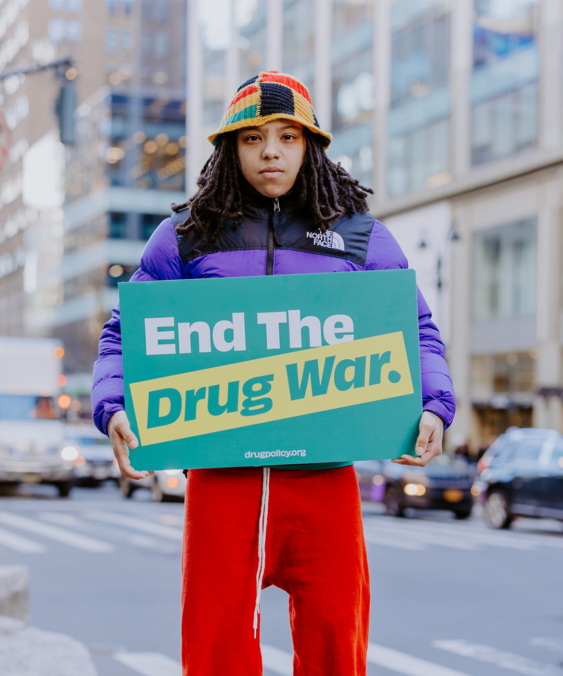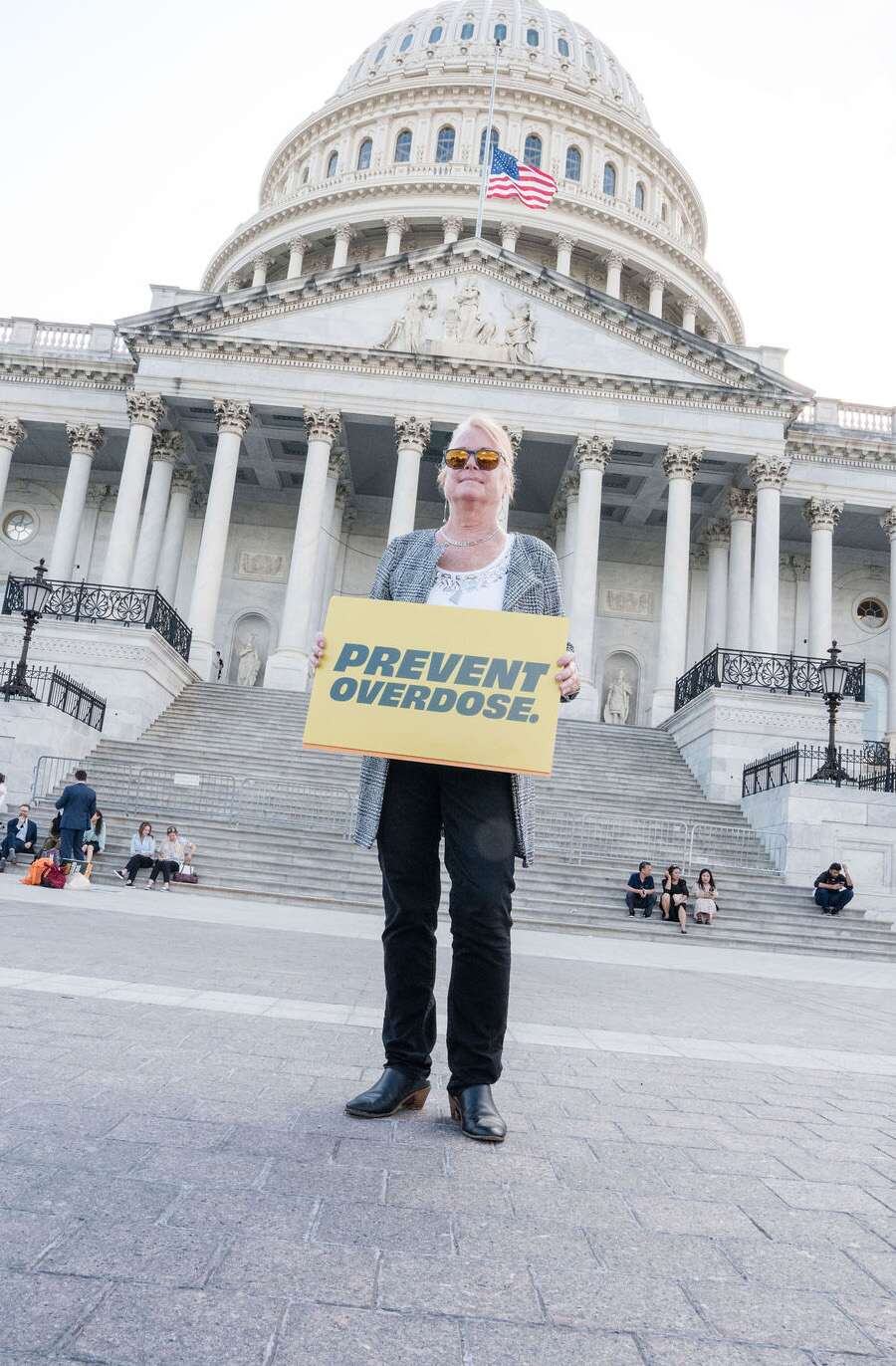
Tony Newman at 510-208-7711
|
Today, March 23, 2000, the Public Health and Environment Committee of the San Francisco Board of Supervisors held a hearing on “common sense drug policy approaches that may be appropriate to reduce the number of heroin-related overdose fatalities within the City and County of San Francisco.” Supervisor Gavin Newsom once again took the lead in establishing progressive drug policies in the city of San Francisco by calling for the hearing, which committee members Amos Brown and Michael Yaki attended.
Several of the speakers mentioned attending the Lindesmith Center-sponsored heroin overdose conference held in Seattle earlier this year. Dr. Bamberger mentioned that he learned there that in Germany a three-year study found that overdose intervention, including safe injection rooms, reduced the number of deaths from 400/year to 12/year. At this point, Supervisor Newsom noted that Rep. Tom Campbell, a Republican senatorial candidate, has advocated similar policies. Both a Heroin Subcommittee of the Treatment on Demand Council, made of up of health department officials, outreach workers, advocates and users, and an internal Department of Public Health working group have been meeting on the issue. Bamberger asked the Supervisors to serve as a bridge between these committees and the police and fire departments, to help establish policies. The committees determined that heroin overdose prevention education should teach users:
Bamberger said that, most of the time, police do not accompany EMT personnel on OD calls, but that there is a need to communicate that information to users. The committees recommended:
Andrew Moss, Professor of Epidemiology at UCSF and investigator on the UFO study in San Francisco, reported that nearly half of the 124 injection drug users aged 14-29 he studied had overdosed. Two-thirds of those had overdosed more than once, and one-third within the past year. Only 35% received medical attention via 911 or a ride to the hospital, and the second most important reason given for that was fear of arrest, despite the fact that only 5% of the study participants reported being arrested during an overdose situation. Dr. Karen Seal of the Urban Health Study asked the Supervisors for support in her study of take-home Naloxone for injection drug users, citing preliminary findings that users would find such a program, coupled with prevention education, helpful. She compared it to epinephrine issued in syringes to people allergic to bee stings, and mentioned that Germany, Italy, Australia, and Great Britain all have take-home Naloxone programs, with no adverse outcomes reported. Dr. Seal also asked the supervisors to ask police to grant immunity from prosecution for overdose victims. Josephina Jiminez, a law student from UC Hastings on a clinical internship at the Lindesmith Center, spoke about the legal aspects of take-home Naloxone. It is a legal, unscheduled drug, available by prescription, she said. Prescribing it does not conflict with the medical standards of care, therefore its use should not increase malpractice liability. The only special situation with Naloxone is that a third party probably would have to dispense it, but this has precedent, in the cases of seizure medications or insulin given in emergency situations. Robert Swarner, an EMT from Santa Cruz, reported on efforts there to train paramedics on overdose awareness and work with the police to develop and publicize a policy of not arresting users because of 911 calls. The Supervisors asked if he was working with the San Francisco health department, to which Dr. Bamberger replied that San Francisco was looking at Santa Cruz as a model for policy. Ro Guliani of the San Francisco Needle Exchange spoke of the overdose prevention program her organization has been running for the past two years, including certifying clients in rescue breathing and CPR.Jennifer Friedenback of the Coalition on Homelessness and chair of the Treatment on Demand Heroin Overdose Subcommittee, took on Sup. Amos Brown, who had asked Dr. Bamberger whether or not there was any data showing that overdose victims were residents of San Francisco, not itinerants. Dr. Bamberger replied that studies had shown heroin users in the city were, on average, 12-year city residents, and that the age group of overdose victims indicated they were mostly older, more experienced users, not young itinerants. Tom Gomez of the TOD Subcommittee suggested that SF might be seeing a prevalence of heroin simply because it is a port city, noting that Providence, Rhode Island, another port, also has a high incidence of heroin use. Rachel McClean of the Haight Asbury outreach team started by reading some names of the young heroin users she had seen die in her three years on the job. She said she had been inspired by the reports she heard in Seattle about what other countries are doing, and urged the Supervisors to get the police on board and implement the committees’ recommendations. Tracy Hilton of the Sage Project, a former injector, said she has seen three people die this year, and spoke of the success of peer counseling approaches. Fred Haas of the Drug Abuse Advisory Board expressed hope that some of these approaches could be tried in San Francisco, and would spread across the country. |


Notifications